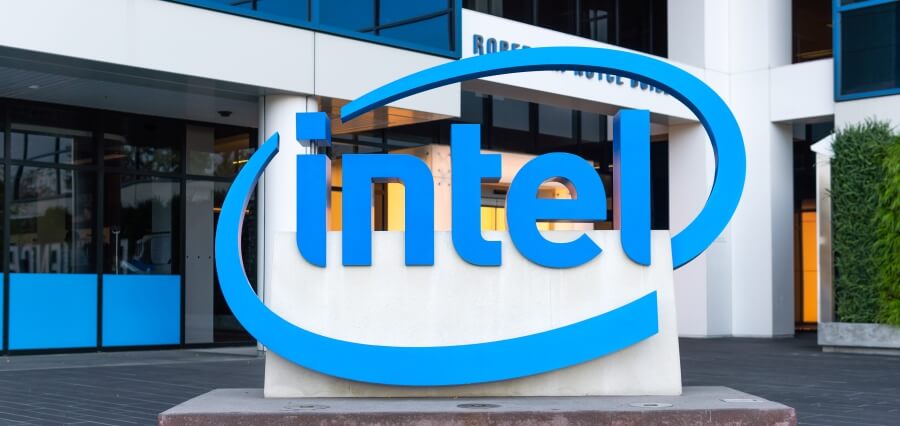Prime Highlights:
Intel’s stock surged 16.1% on February 18, marking its best day since March 2020.
The increase followed a report that Broadcom and TSMC may pursue separate bids to divide Intel’s business.
Broadcom is reportedly interested in Intel’s chip design and marketing segments, while TSMC may acquire Intel’s manufacturing operations.
Key Background:
Intel’s stock price experienced a remarkable 16.1% surge on Tuesday, marking its best performance since March 2020. This uptick followed a Wall Street Journal report suggesting that Broadcom and Taiwan Semiconductor Manufacturing Company (TSMC) are exploring potential bids that could result in the division of the troubled chipmaker.
The stock closed at $27.39, as the market responded to speculation about possible strategic moves by the two companies. According to the report, Broadcom may target Intel’s chip design and marketing operations, while TSMC could be interested in acquiring either a stake or full control of Intel’s manufacturing facilities. However, these discussions are still in their early stages, and no formal bids have been submitted.
Intel has faced significant challenges in recent years, losing billions in market value as it struggled to keep up with the rapid advancements in artificial intelligence (AI), which have fueled growth across the semiconductor sector. This decline was further exacerbated by a disastrous earnings report in August 2024, which saw Intel shares plummet to their lowest level since 2013. In response, Intel announced plans to lay off 15% of its workforce, and its CEO, Pat Gelsinger, was ousted in December.
Despite these setbacks, Intel’s recent performance has shown signs of recovery. The stock is up nearly 31% so far this year, following a 60% decline in 2024. The recent surge is also partly attributed to favorable remarks from Vice President JD Vance, who assured that the U.S. would prioritize the protection of AI technologies and increase the domestic production of AI chips. In contrast, shares of Broadcom and TSMC experienced minor declines of 1.9% and 0.6%, respectively. As Intel’s future remains uncertain, the potential breakup of the company is a topic that will likely continue to dominate industry discussions.

